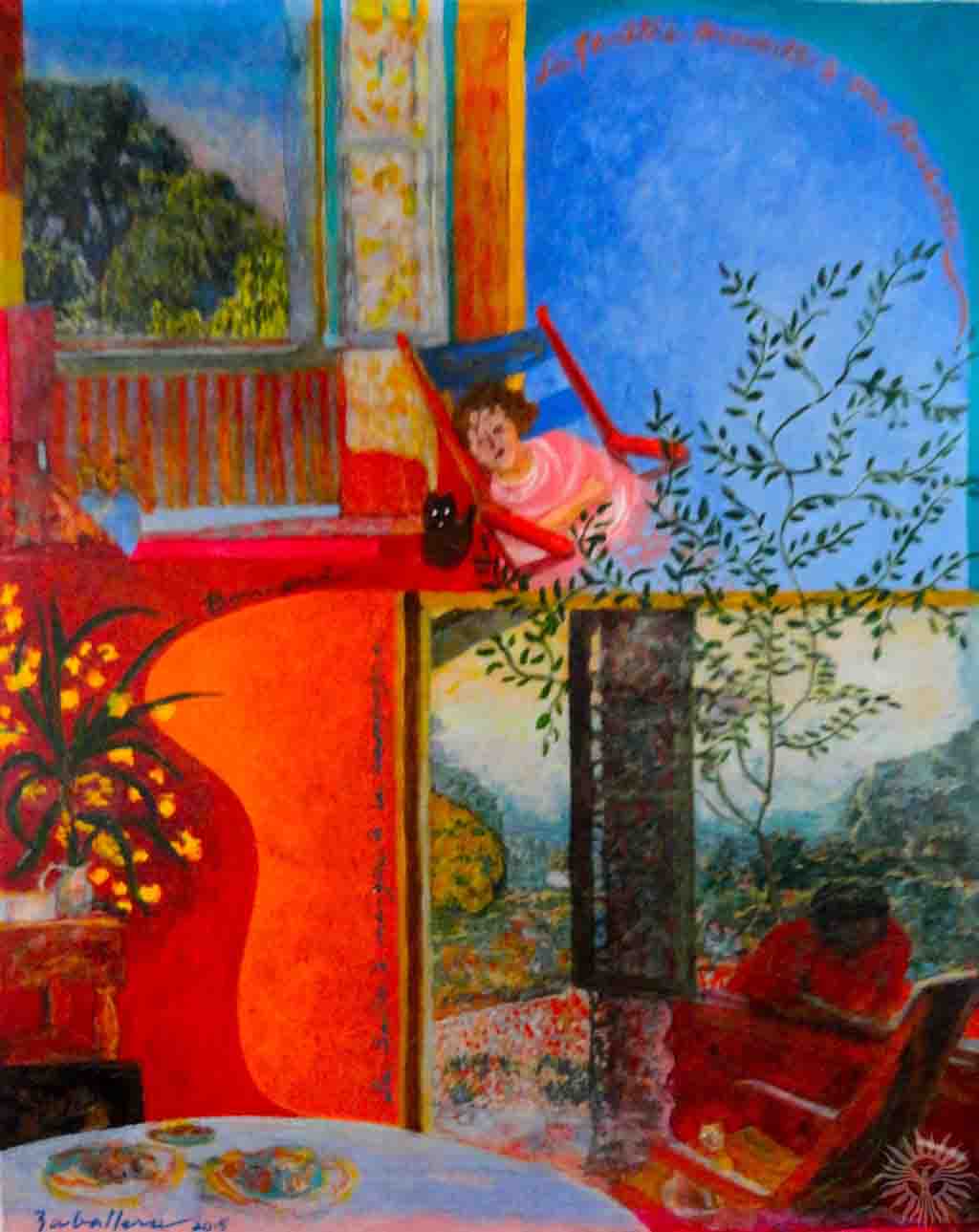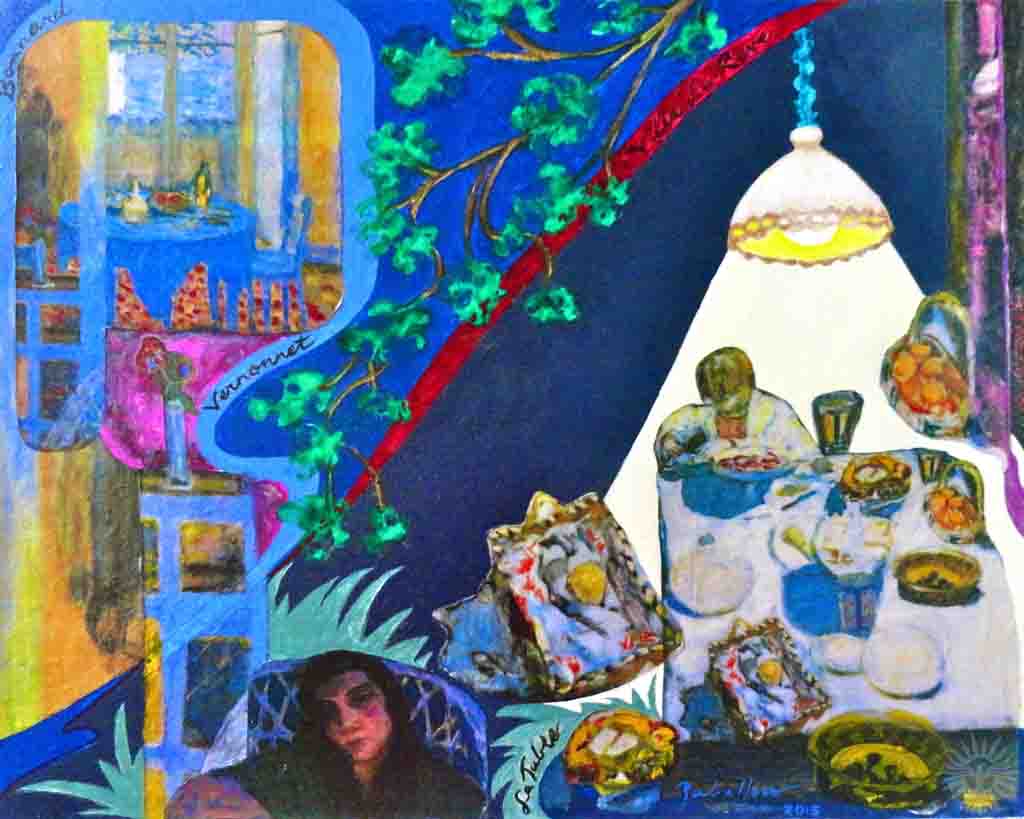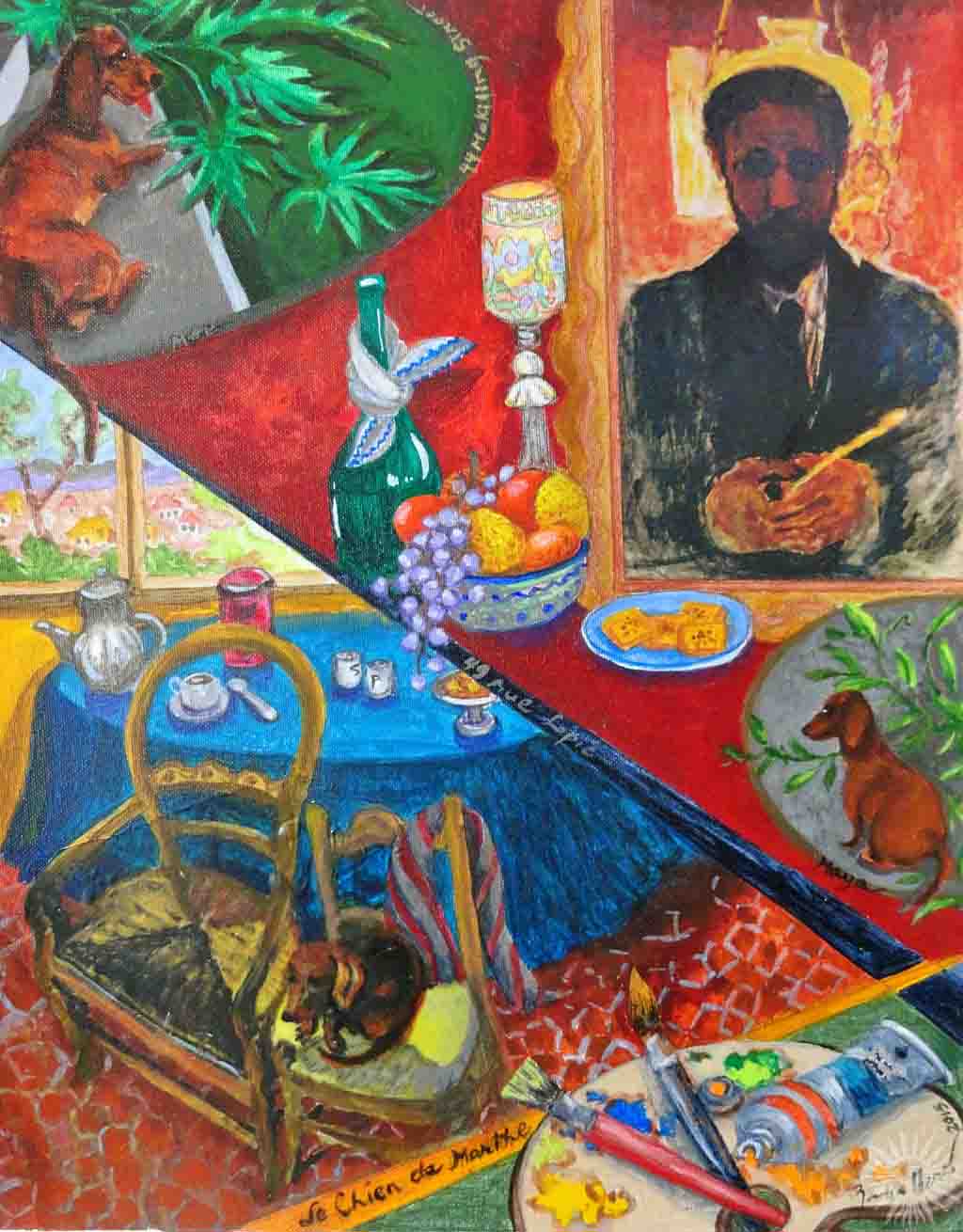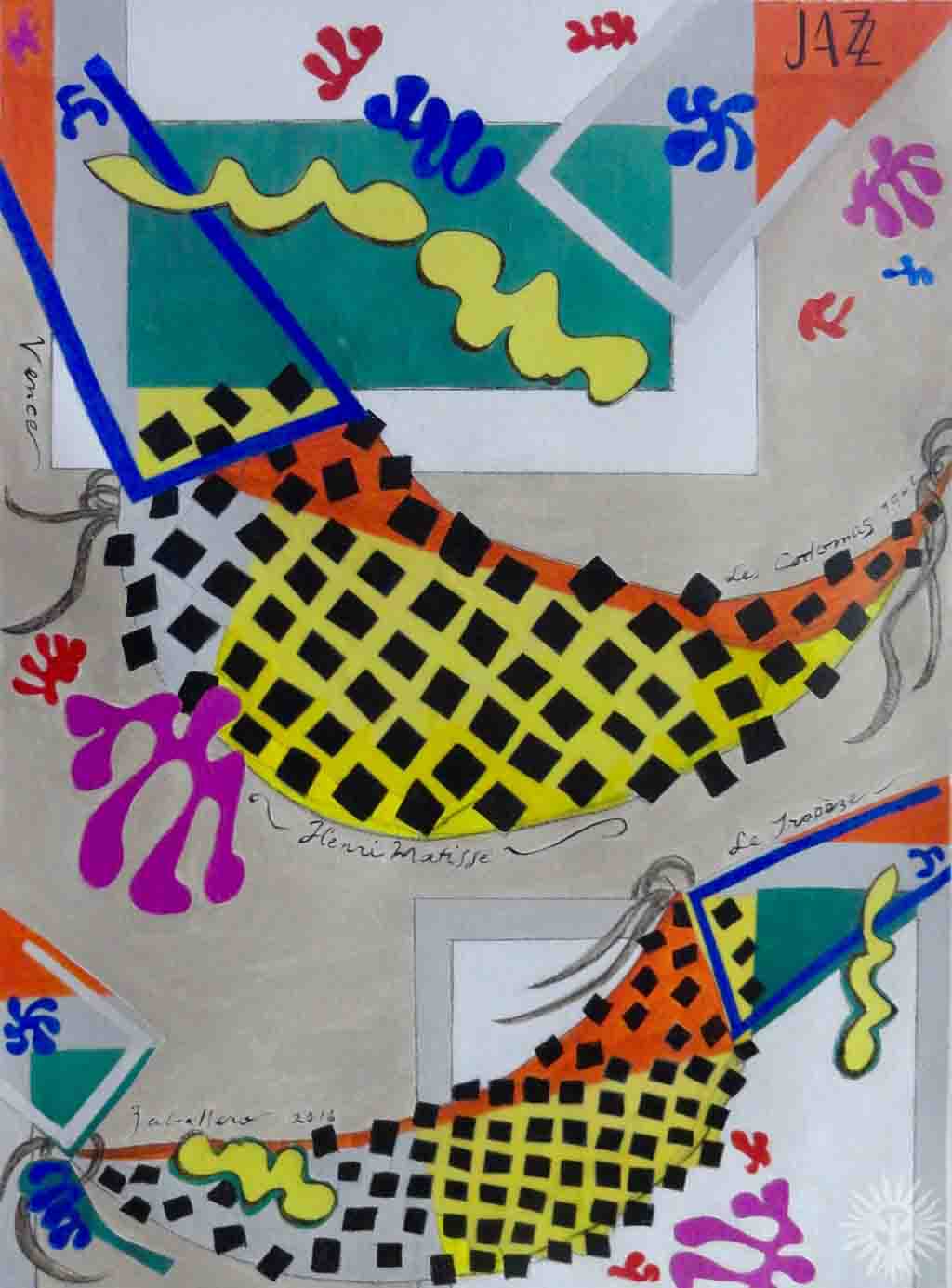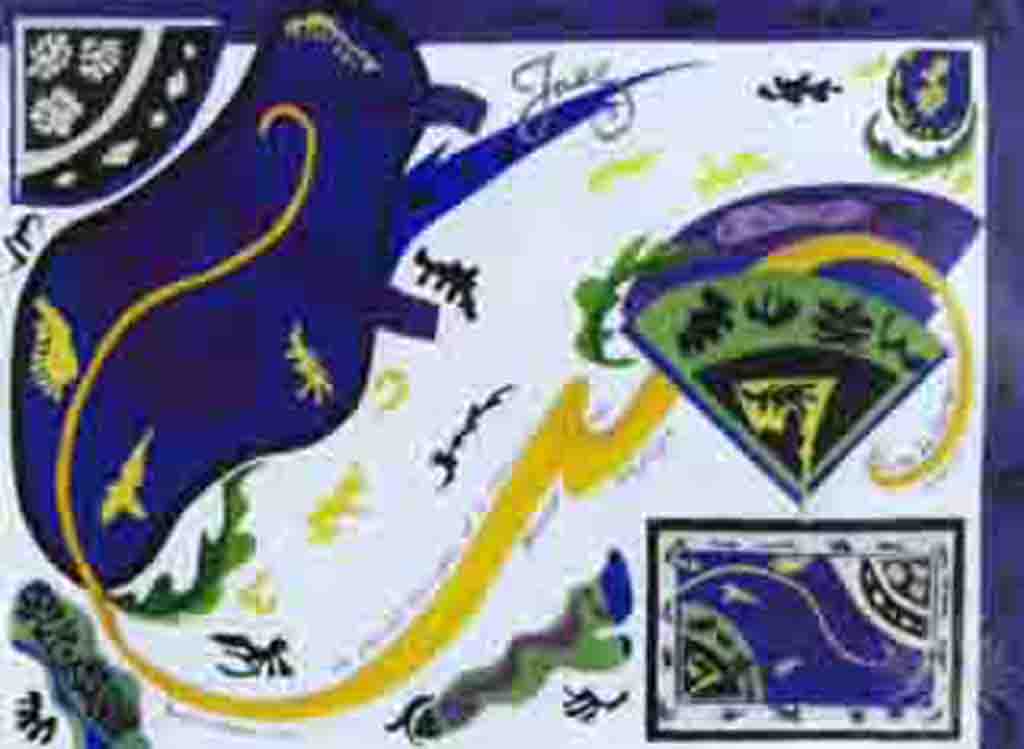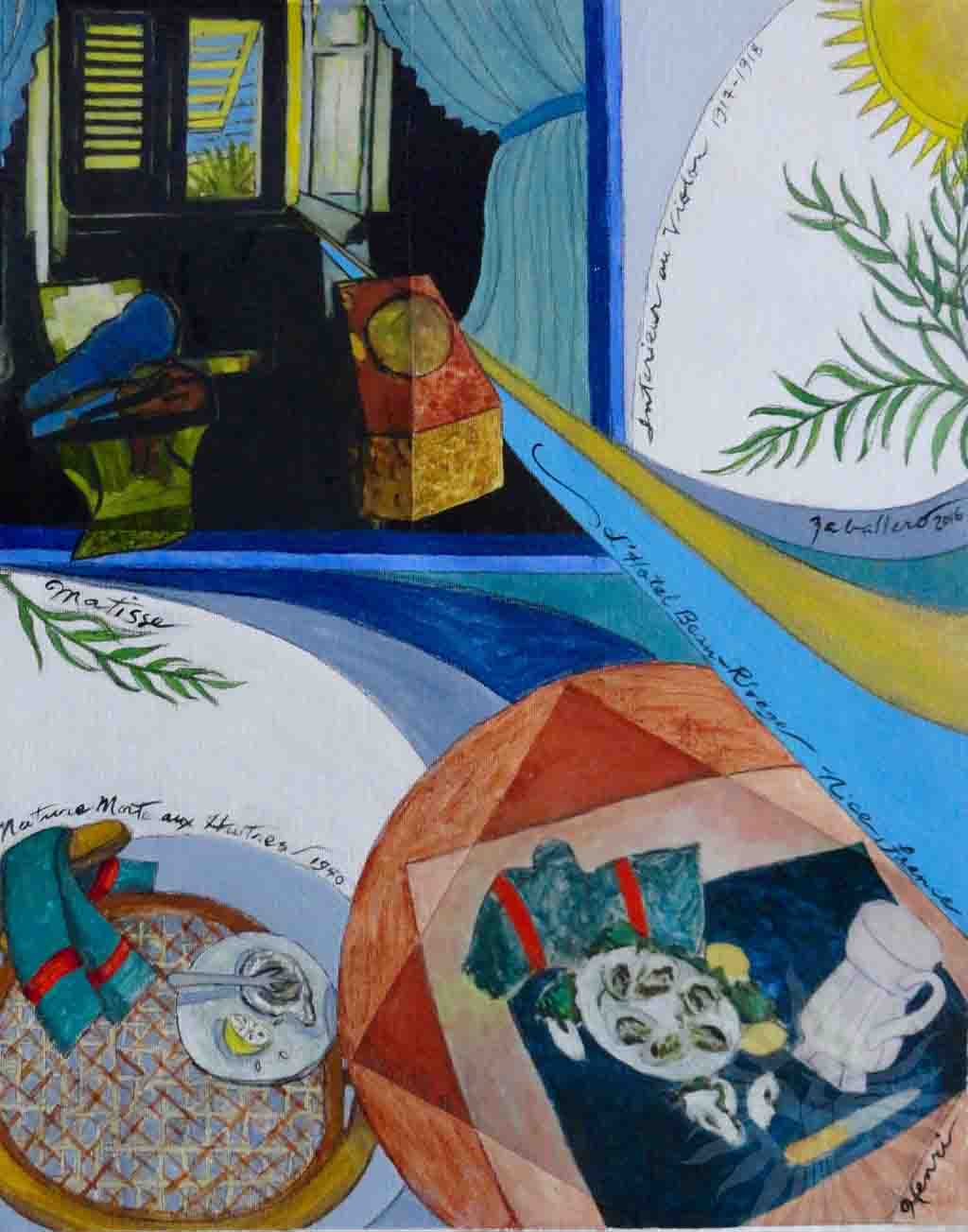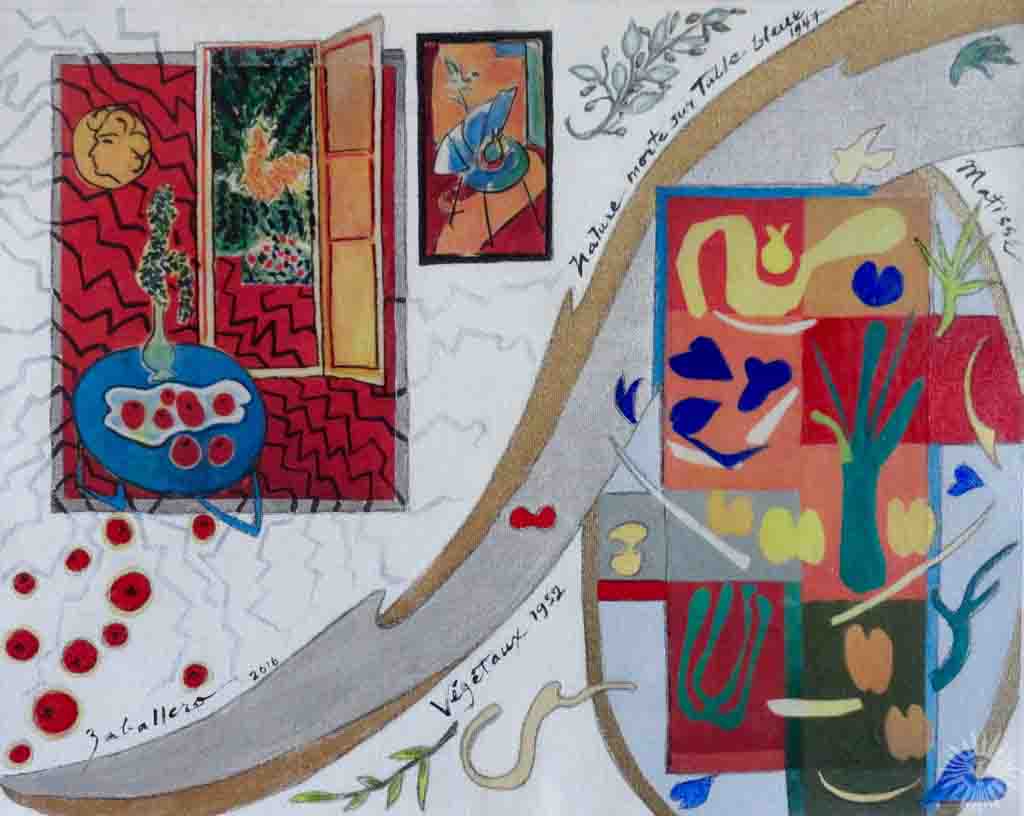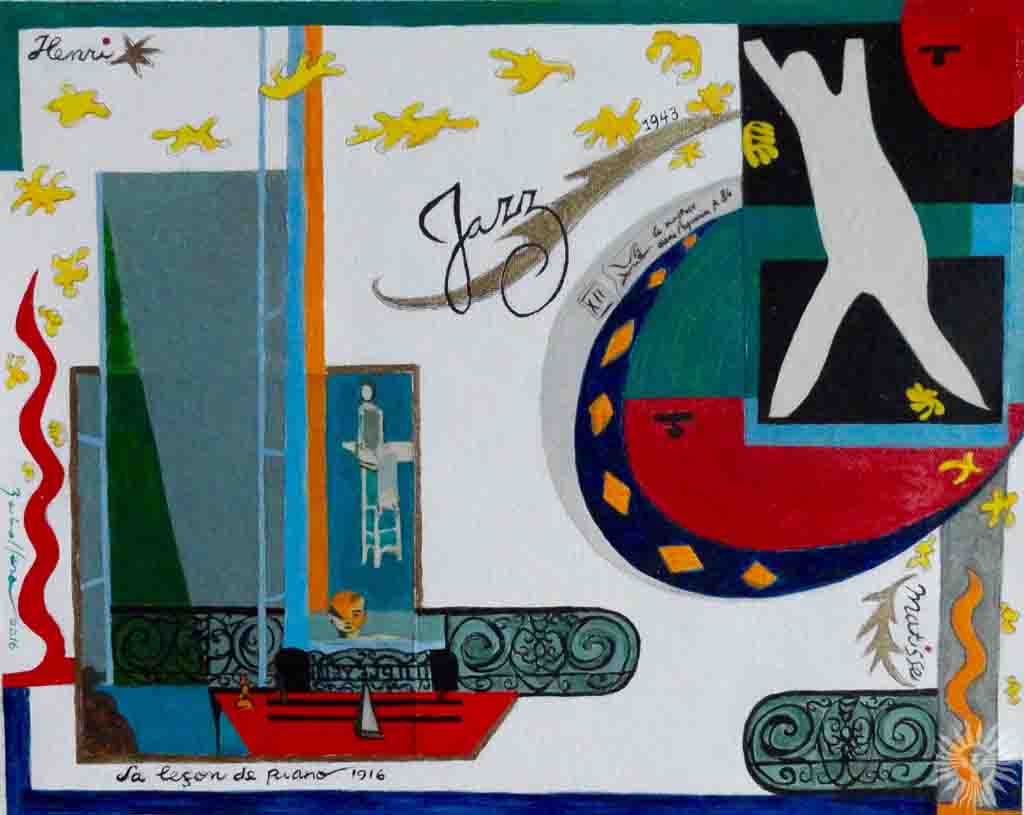Matisse and Bonnard (Along the Strand)
September 22, 2016 - October 4, 2016
Phyllis Zaballero
Makati Shangri - la Manila
PHYLLIS ZABALLERO:
Matisse & Bonnard at the Strand
By Cid Reyes
Luxe, calme et volupte’.
There is a phrase that perfectly captures the art of Phyllis Zaballero, and it comes from a not surprising source: Matisse, who used the phrase as a title for his painting done in the Divisionist, or Pointillist, technique, building up a painting from a multitude of dots and jabs of high keyed colors : blues, greens, yellows, orange. The phrase, in fact, originated from the poem “Invitation to a Voyage” which comes from the book Fleur du Mal (Flowers of Evil) by the 19th century poet and critic Charles Baudelaire.
Luxury, peace and loveliness…pervade the numerous artworks of Zaballero, centered on an interior space dominated by a dining-table where lay the plenitude of a meal or high tea. Zaballero’s affection for the subject of domesticity and “the quiet pleasures of an ordered life” is a legacy of the Impressionists, the subject of the book , “The Impressionists at Home,” by author Pamela Todd, who writes: “Food --- even when it was absent --- played an important part in the lives of the Impressionists. Monet was a great bon viveur and lavish host….Edouard Vuillard and Pierre Bonnard were later Impressionist painters who found inspiration in the domestic routines which unfolded around them…. Bonnard wanted to show what one sees on first entering a room, what the eye takes in at once glance.”
A Francophile to the last drop of her Dubonnet, Zaballero pays homage to the two French masters for whom she holds unbounded admiration. A solo show organized by Hiraya Gallery, it is titled “Matisse and Bonnard at the Strand.” The reference is not to London’s The Strand , but rather to the shoreline, the strip of land that anchors the view of the sea, for Matisse and Bonnard took up residence in the South of France, with a full sunny view of the Mediterranean: Matisse in Nice and Bonnard in Villa du Bosquet, up in the hills of Le Cannet, a short drive from Cannes and not far from his friend Matisse. One hastens to add that Picasso also lived in a villa, La Californie, in Cannes, also overlooking the sea. Zaballero had earlier done a series titled “Picasso y Yo,” which may rightfully be regarded as the antecedent of the present “Matisse and Bonnard” hommage.
In these works, Zaballero makes use of the emulsion-transfer technique, conflating the familiar images of the two masters, bisecting the space with artful lines that echo her own curvilinear style. Certain to be recognized by the viewer are specific artworks of Matisse, such as “Piano Lesson,” “The Pineapple,” “The Red Room,” and most of all, the famous cut-out collages. It will be recalled that in his later years, Matisse, after a serious surgery, was bedridden for a long time, unable to paint, and had to resort to cutting sheets of paper with a pair of scissors. Said Matisse, “You see, as I am obliged to remain often in bed because of the state of my health, I have made a little garden where I can walk.” It is helpful, too, that Zaballero has inscribed in script the specific titles of the works.
As for Bonnard, who holds a specially warm spot in Zaballero’s heart, it is tantalizing to repeat what the British artist and critic Patrick Heron had proclaimed: that Bonnard was an even greater artist than Matisse! As one must be wary not to get entangled in such incipient feuds, suffice it to savor what another British critic, David Sylvester, had to say about the works of Bonnard:
“There is an atmosphere of withdrawal and reverie. There is a sense that the intensity of the experience --- the passionate tenderness felt for objects --- is not matched by the density of the objects themselves which are wraithlike, weightless. There is a feeling that the scene laid out is infinitely precious as only cherished memories can be precious. All of this adds up to the interpretation that Bonnard was painting in order to recapture, to recover, moments of perfect pleasure lived long ago. And yet on the other hand he could be painting from memory something seen in the dining-room before he came into the studio, and investing it with a feeling of the transience of pleasurable things and of the transience of life itself --- a feeling that could account for the nostalgic and evanescent character of the work.”
Luxury, peace and loveliness…..this is what one sees on first entering the show of Phyllis Zaballero, what the eye takes in at once glance.


